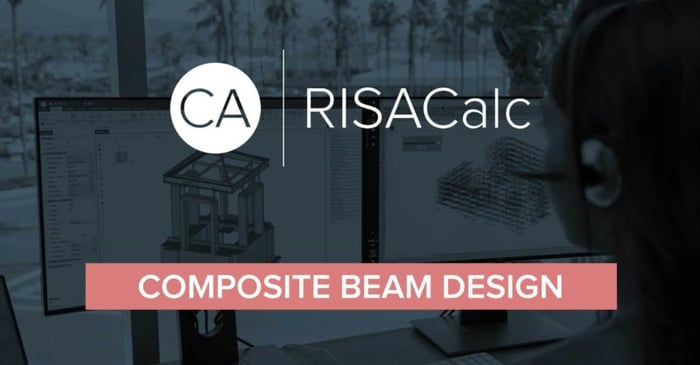
March 4, 2021
Video: Composite Steel Beam Design in RISACalc
Learn how to load and design individual composite beams according to AISC and CSA design codes in RISACalc.
Halloween isn’t just for candy and costumes—it’s the perfect time to test your spooky engineering skills! We’ve brewed up a Halloween-themed RISA Jeopardy game, packed with fun, easy questions about our software. Tip for readers: Try to answer before revealing the “treat” below each question! 💀 Can You Count? 100 – RISACalc: How many components are currently available in RISACalc? 10 (Beam, Column, Steel Joist, Composite Beam, Retaining Wall, Spread Footing, Wall Footing, Drilled Pier, Seismic Load, Wind Load) 200 – FD: How many Data Entry spreadsheets are available in RISAFoundation? 25 300 – RISA-3D: How many countries or regions have building codes supported in RISA-3D? 9 (US, Canada, Mexico, Europe, Great Britain, India, Australia, New Zealand, Saudi Arabia) 🎃 Adaptable 100 – ADAPT: Which of these is not an ADAPT product? ADAPT-Builder, ADAPT-Felt, ADAPT-Floor, ADAPT-ABI ADAPT-Floor 200 – ADAPT: Which mode of ADAPT-Builder is used to design slabs-on-grade on expansive soils using the PTI method? ADAPT-SOG 🕸️ The Whole Family 100 – Other: This steel detailing software and fellow Nemetschek brand has a built-in export option in RISA-3D. SDS2 200 – Other: Which design code is the most common in our software, found in 8 of our 10 programs?…
Read More

Learn how to load and design individual composite beams according to AISC and CSA design codes in RISACalc.
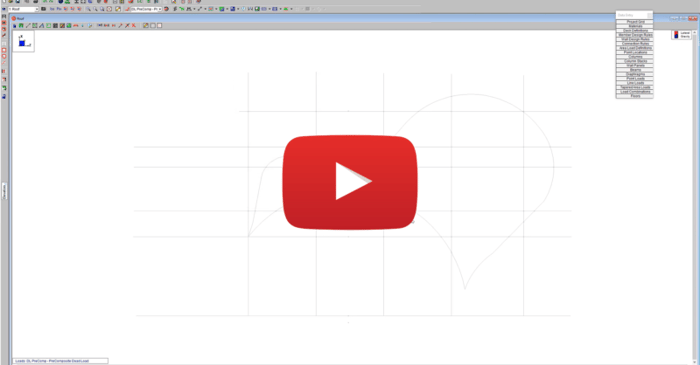
Oftentimes the architecture of a building does not follow a simple rectangular nor radial grid. A quick and easy way to handle these scenarios within RISAFloor is to import the building geometry or grid system as a DXF underlay.
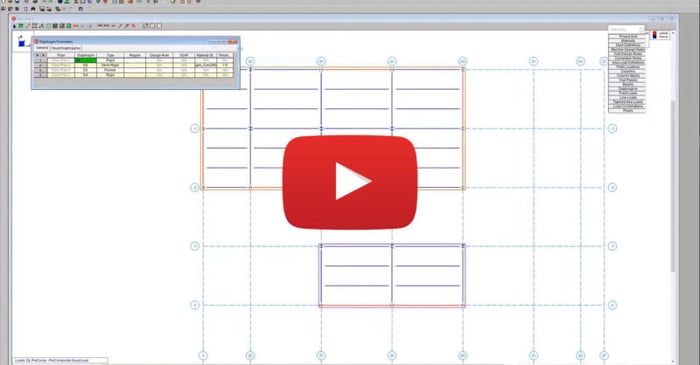
RISAFloor supports the three fundamental types of diaphragms used in structural analysis: rigid, semi-rigid and flexible. Watch this video to learn how to consider each of these diaphragm types within the same model and same floor plan.
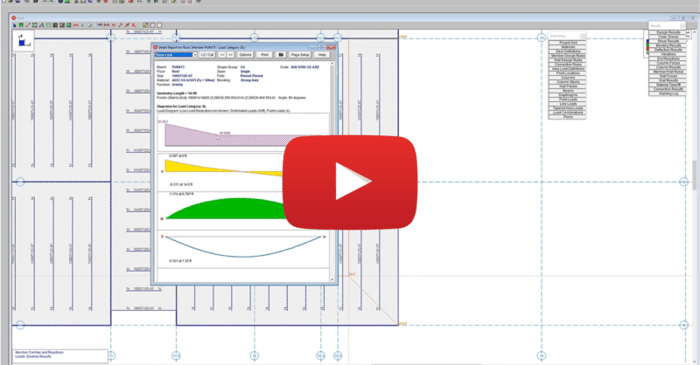
RISAFloor enables you to consider the loads imposed on your structure due to the drifting effects of snow. Tapered area loads in RISAFloor are ideal for modeling this surcharge load due to snow drifting since the loading is approximated by a triangle.
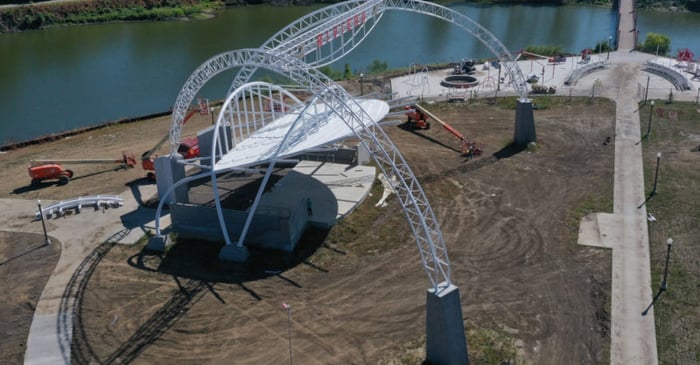
Learn how Raker Rhodes Engineering utilized RISA to model and analyze both the stage canopy and arch superstructure for the Riviera Stage located at Riverview Park in Des Moines, IA.

ADAPT-Builder is a powerful and easy-to-use 3D finite element software that is used across the globe in a variety of post-tensioned concrete applications. Whether designing a single slab, multi-story building or conducting an investigation of an existing slab, ADAPT-Builder delivers comprehensive...
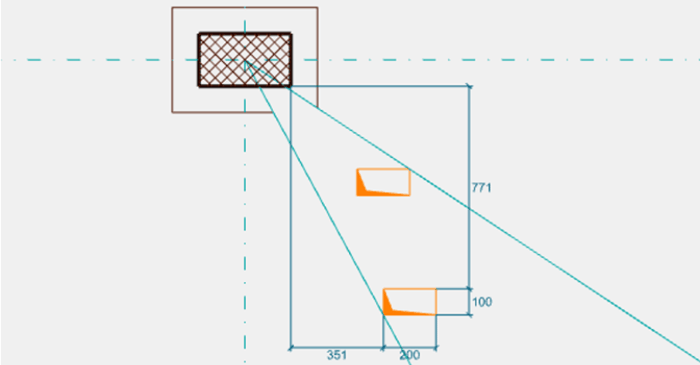
Punching shear of two-way reinforced concrete and post-tensioned slabs is a critical design consideration. The presence of openings near a support can complicate the calculation of shear capacity at the location. ADAPT-Builder v20 now includes enhancements in how openings are treated near columns...
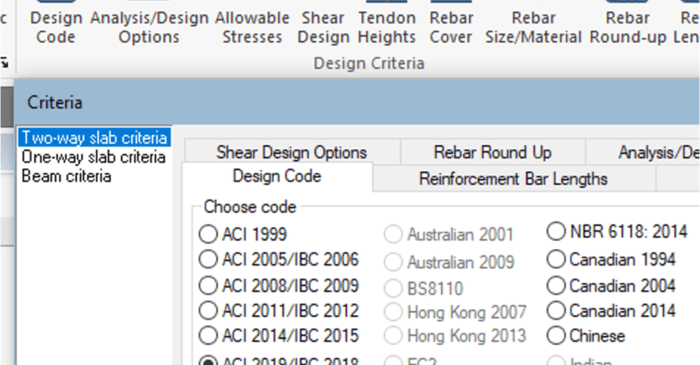
ADAPT-Builder v20 has been updated to ensure that users can take advantage of designs conforming to the latest building code standards. The 2020 version includes applicable code provisions from ACI318-19: Building Code Requirements for Structural Concrete. Provisions found in the latest design...
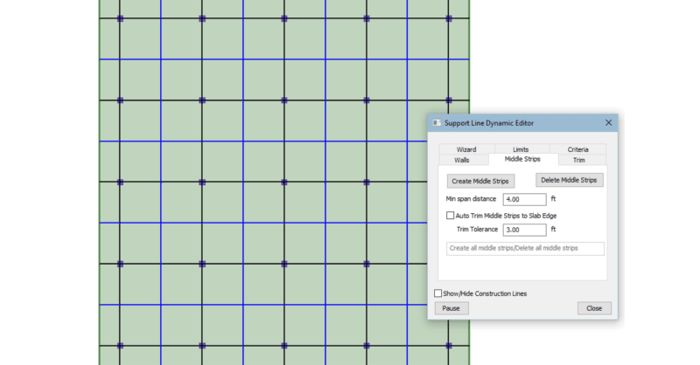
A key feature to the design process for two-way slabs, either RC or PT, in ADAPT-Builder is the necessity to model support lines for creation of design strips. The software generates design cuts at customized or defaulted-to intervals along a support line for evaluation and design. Nodal...
Our monthly "Structural Moment" newsletter is the best way to keep up with RISA’s product updates, new releases, new features, training events, webinars and more...